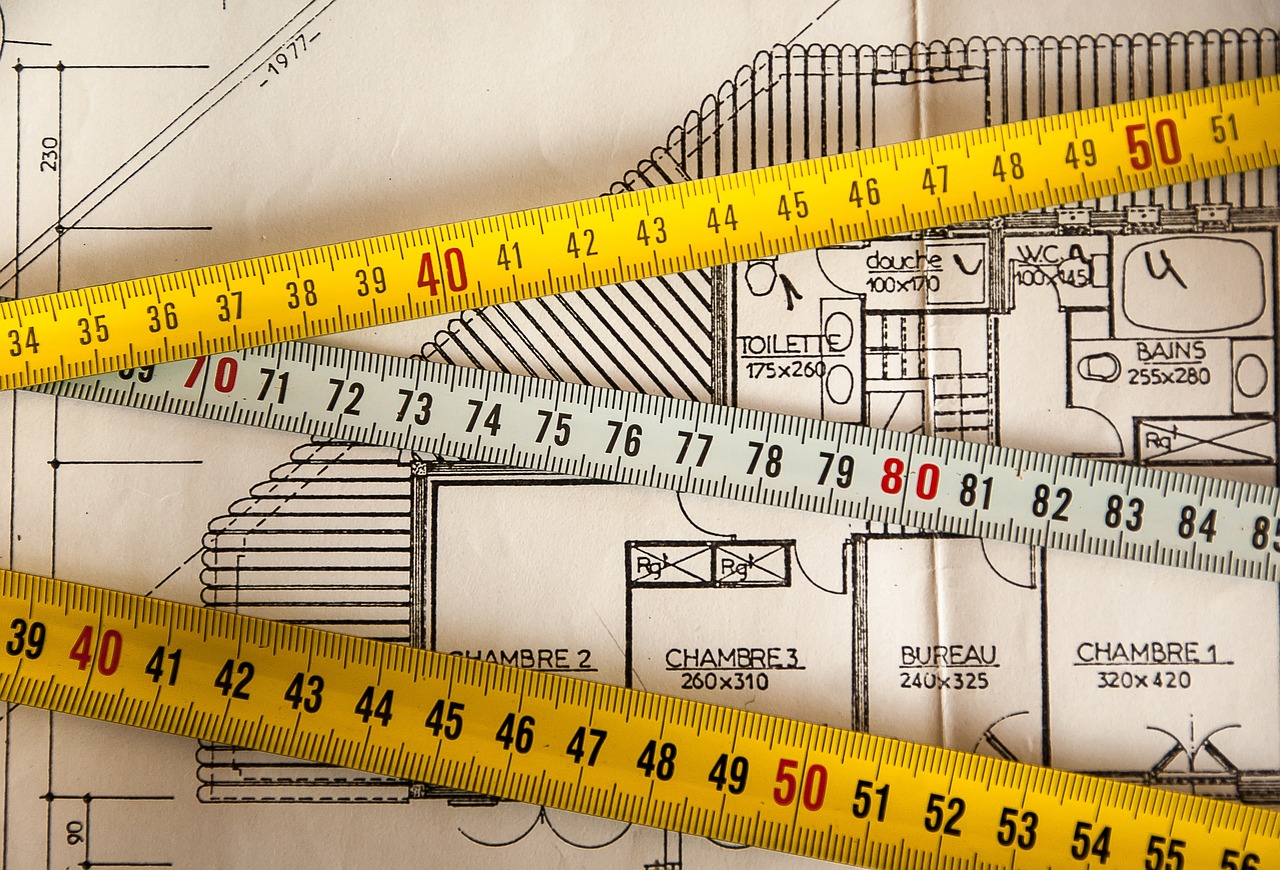-
Table of Contents
- Bridging Art and Engineering: Architect Insights
- The Role of Architects in Merging Art and Engineering
- Case Study: The Sydney Opera House
- Innovative Materials and Techniques
- Case Study: The Shard in London
- The Importance of Collaboration
- Case Study: The Guggenheim Museum Bilbao
- Balancing Aesthetics and Functionality
- Case Study: Fallingwater by Frank Lloyd Wright
- Conclusion
Bridging Art and Engineering: Architect Insights
Architecture stands at the intersection of art and engineering, blending creativity with technical precision. This unique fusion results in structures that are not only functional but also aesthetically pleasing. Architects play a pivotal role in this process, bringing together diverse elements to create harmonious designs. This article explores how architects bridge the gap between art and engineering, offering valuable insights into their methodologies and thought processes.
The Role of Architects in Merging Art and Engineering
Architects are often seen as the mediators between artistic vision and engineering feasibility. Their role involves:
- Conceptualizing designs that are both innovative and practical
- Collaborating with engineers to ensure structural integrity
- Incorporating sustainable practices into their designs
- Balancing aesthetic appeal with functionality
By integrating these aspects, architects create buildings that stand the test of time, both in terms of durability and design relevance.
Case Study: The Sydney Opera House
The Sydney Opera House is a prime example of how art and engineering can come together to create an iconic structure. Designed by Danish architect Jørn Utzon, the building features a series of large, shell-like structures that form the roof. These shells are not only visually striking but also serve a functional purpose, providing acoustic benefits for the performances held within.
The engineering challenges were immense, requiring innovative solutions to bring Utzon’s vision to life. Engineers had to develop new construction techniques and materials to achieve the desired shapes and structural stability. The result is a masterpiece that continues to captivate audiences and inspire architects worldwide.
Innovative Materials and Techniques
The use of advanced materials and construction techniques is another way architects bridge the gap between art and engineering. Modern architecture often incorporates:
- High-performance glass for energy efficiency and aesthetic appeal
- Lightweight yet strong materials like carbon fiber and aluminum
- 3D printing for creating complex, custom components
- Green building materials for sustainable construction
These innovations allow architects to push the boundaries of design while meeting stringent engineering requirements.
Case Study: The Shard in London
The Shard, designed by Renzo Piano, is a striking example of modern architecture that leverages advanced materials and techniques. Standing at 310 meters, it is the tallest building in the United Kingdom. The structure features a glass façade that reflects the sky and surrounding cityscape, creating a dynamic visual effect.
The engineering behind The Shard is equally impressive. The building’s design incorporates a steel frame with a concrete core, providing both strength and flexibility. This combination allows the structure to withstand high winds and other environmental stresses. The use of energy-efficient glass and other sustainable materials further enhances its appeal, making it a model for future skyscrapers.
The Importance of Collaboration
Successful architectural projects often involve close collaboration between architects, engineers, and other stakeholders. This collaborative approach helps to:
- Identify potential challenges early in the design process
- Develop innovative solutions that meet both artistic and engineering criteria
- Streamline the construction process, reducing costs and timelines
- Ensure that the final product meets the needs of all parties involved
By working together, these professionals can create buildings that are not only beautiful but also structurally sound and sustainable.
Case Study: The Guggenheim Museum Bilbao
The Guggenheim Museum Bilbao, designed by Frank Gehry, is a testament to the power of collaboration. The museum’s design features a series of interconnected, curvilinear forms clad in titanium. This complex geometry required close cooperation between Gehry and the engineering team to develop feasible construction methods.
The result is a building that has become an architectural icon, attracting millions of visitors and revitalizing the surrounding area. The success of the Guggenheim Museum Bilbao highlights the importance of collaboration in achieving groundbreaking architectural designs.
Balancing Aesthetics and Functionality
One of the key challenges architects face is balancing aesthetics with functionality. A building must not only look good but also serve its intended purpose effectively. This balance can be achieved through:
- Thoughtful spatial planning to optimize usability
- Incorporating natural light and ventilation for comfort
- Using durable materials that require minimal maintenance
- Designing flexible spaces that can adapt to changing needs
By considering these factors, architects can create spaces that are both beautiful and practical.
Case Study: Fallingwater by Frank Lloyd Wright
Fallingwater, designed by Frank Lloyd Wright, is a perfect example of balancing aesthetics and functionality. The house is built over a waterfall, seamlessly integrating with its natural surroundings. Wright’s design emphasizes harmony with nature, using local materials and incorporating large windows to bring the outside in.
Despite its artistic appeal, Fallingwater is also highly functional. The layout is carefully planned to provide comfortable living spaces, and the use of cantilevered beams ensures structural stability. This balance of form and function has made Fallingwater one of the most celebrated works of architecture in the world.
Conclusion
Bridging art and engineering is a complex yet rewarding endeavor that requires creativity, technical expertise, and collaboration. Architects play a crucial role in this process, bringing together diverse elements to create buildings that are both beautiful and functional. Through innovative materials, advanced techniques, and close cooperation with engineers, architects continue to push the boundaries of what is possible in the built environment. The examples of the Sydney Opera House, The Shard, the Guggenheim Museum Bilbao, and Fallingwater demonstrate the incredible potential of this interdisciplinary approach, inspiring future generations to explore new possibilities in architecture.
